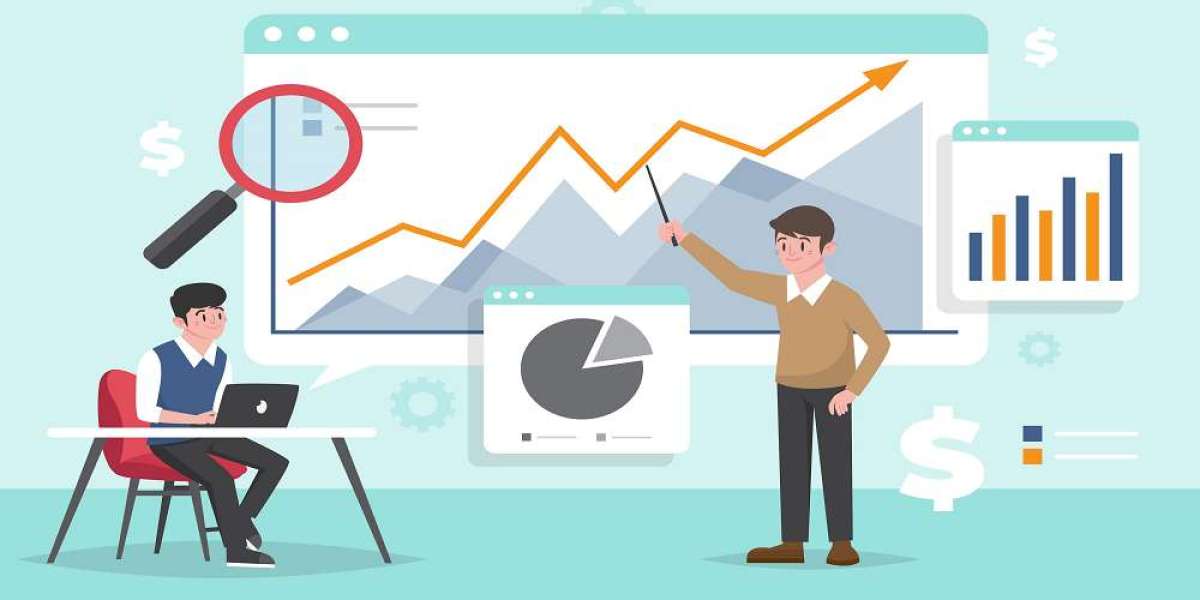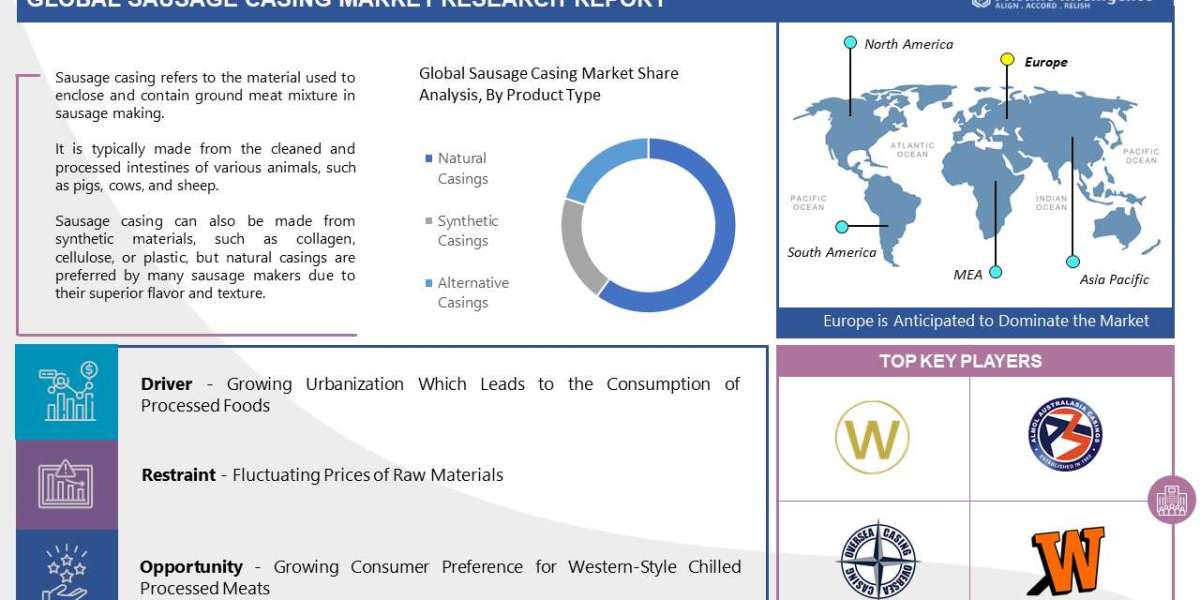In today's dynamic and highly competitive business landscape, the ability to anticipate market demand accurately is more critical than ever. To thrive in such an environment, businesses need to harness the power of data-driven decision-making through demand and sales forecasting. In this comprehensive blog post, we will take an in-depth look at the world of demand and sales forecasting, exploring why it is indispensable, and examining the various tools and solutions that can empower your business to make more informed decisions.
The Significance of Demand and Sales Forecasting
To truly appreciate the importance of demand and sales forecasting, let's delve deeper into the critical roles they play within an organization:
- Efficient Inventory Management: Accurate forecasting ensures that you maintain optimal inventory levels. This prevents overstocking, which can tie up capital and storage space, and understocking, which can result in lost sales and dissatisfied customers.
- Strategic Resource Allocation: Forecasting isn't just about products; it extends to the allocation of vital resources such as labor, equipment, and marketing budgets. Accurate forecasts enable businesses to allocate resources optimally, leading to improved efficiency.
- Enhanced Customer Satisfaction: Meeting customer demands promptly and consistently is a recipe for higher customer satisfaction. Satisfied customers are more likely to become loyal patrons, driving repeat business and positive word-of-mouth marketing.
- Cost Reduction: Effective forecasting can lead to cost reduction in multiple areas. This includes minimizing waste in production, optimizing the supply chain, and reducing carrying costs associated with excess inventory.
- Competitive Edge: In today's cutthroat market, outperforming competitors in terms of product availability, pricing, and customer service can be a game-changer. Accurate forecasting allows you to gain a competitive edge by staying one step ahead.
Exploring Demand and Sales Forecasting Tools
Now that we've established why demand and sales forecasting are essential let's delve into the diverse set of tools available for businesses:
- Statistical Models
Statistical models are the foundation of demand forecasting. These models, which include time series analysis, moving averages, and exponential smoothing, leverage historical data to predict future sales trends. They are particularly useful for businesses with well-established sales histories.
- Machine Learning Algorithms
Machine learning algorithms, such as neural networks and decision trees, have gained prominence in recent years due to their ability to handle large datasets and identify intricate patterns. They are well-suited for businesses with extensive data resources.
- Demand Forecasting Software
Demand forecasting software solutions offer automation and real-time insights. These platforms integrate seamlessly with existing systems, providing forecasts and insights to inform decision-making. Prominent examples include Oracle Demantra and SAP Integrated Business Planning.
- Market Research and Surveys
In cases where historical data is limited or nonexistent, market research and surveys play a crucial role in demand forecasting. These methods enable businesses to gather valuable insights into customer preferences and potential demand for new products or services.
Implementing Solutions for Effective Forecasting
While the tools are essential, it's equally important to understand how to implement them effectively to derive maximum value:
- Collaborative Forecasting
Collaborative forecasting involves cross-functional teamwork within your organization. Departments such as sales, marketing, and production work together to gather insights and data, leading to more accurate and holistic forecasts. This approach ensures that various perspectives are considered, resulting in more reliable predictions.
- Advanced Analytics
To refine your forecasts further, leverage advanced analytics techniques. This includes data mining, customer segmentation, and predictive analytics, which can provide deeper insights into customer behavior and market trends.
- Real-Time Data Integration
Incorporating real-time data sources, such as social media trends, website analytics, and up-to-the-minute market news, into your forecasting models enhances accuracy. This dynamic approach allows your business to adapt quickly to changing market conditions.
- Scenario Planning
Prepare for various scenarios, including economic downturns or unexpected market shifts. By developing contingency plans, your business can respond swiftly to unforeseen circumstances, minimizing disruption and maintaining stability.
- Continuous Improvement
Demand and sales forecasting is an ongoing process. Regularly monitor and refine your forecasting models, update data sources, and incorporate feedback loops to ensure that your forecasts remain accurate and aligned with your business objectives.
Embracing the Future of Forecasting
As the business landscape continues to evolve, so do the strategies and technologies associated with demand and sales forecasting. Here are some emerging trends and considerations:
- Artificial Intelligence (AI) and Machine Learning
AI and machine learning are revolutionizing forecasting. These technologies can analyze vast datasets in real time, providing highly accurate predictions and enabling businesses to adapt swiftly to changing market dynamics.
- Predictive Analytics
Predictive analytics is expanding its scope beyond sales forecasts. It's being applied to various facets of business, from customer behavior analysis to supply chain optimization, enhancing overall decision-making processes.
- Internet of Things (IoT) Integration
The proliferation of IoT devices generates massive amounts of real-time data. Integrating IoT data into forecasting models can provide invaluable insights, allowing businesses to make proactive decisions and enhance accuracy.
- Ethical Considerations
As businesses collect and analyze more data, ethical considerations surrounding privacy and data security are paramount. It's essential to ensure that your forecasting practices comply with all relevant regulations and respect customer privacy.
In Conclusion
Accurate demand and sales forecasting are the cornerstones of effective business operations in today's fiercely competitive market. By utilizing the right tools and implementing thoughtful solutions, your business can gain invaluable insights, make informed decisions, reduce costs, and deliver exceptional customer experiences.
Demand and sales forecasting isn't a one-and-done endeavor; it's an ongoing journey of refinement and adaptation. Stay agile, embrace new technologies, and continuously hone your forecasting processes to remain at the forefront of your industry.
As the business landscape continues to evolve, stay informed, and stay innovative, and your business will be well-prepared for whatever challenges and opportunities the future may hold.
Predict your sales volume and demand trends with our Artificial Intelligence-based SaaS platform visit: https://thousense.ai/
Source:https://diigo.com/0uqa7q



